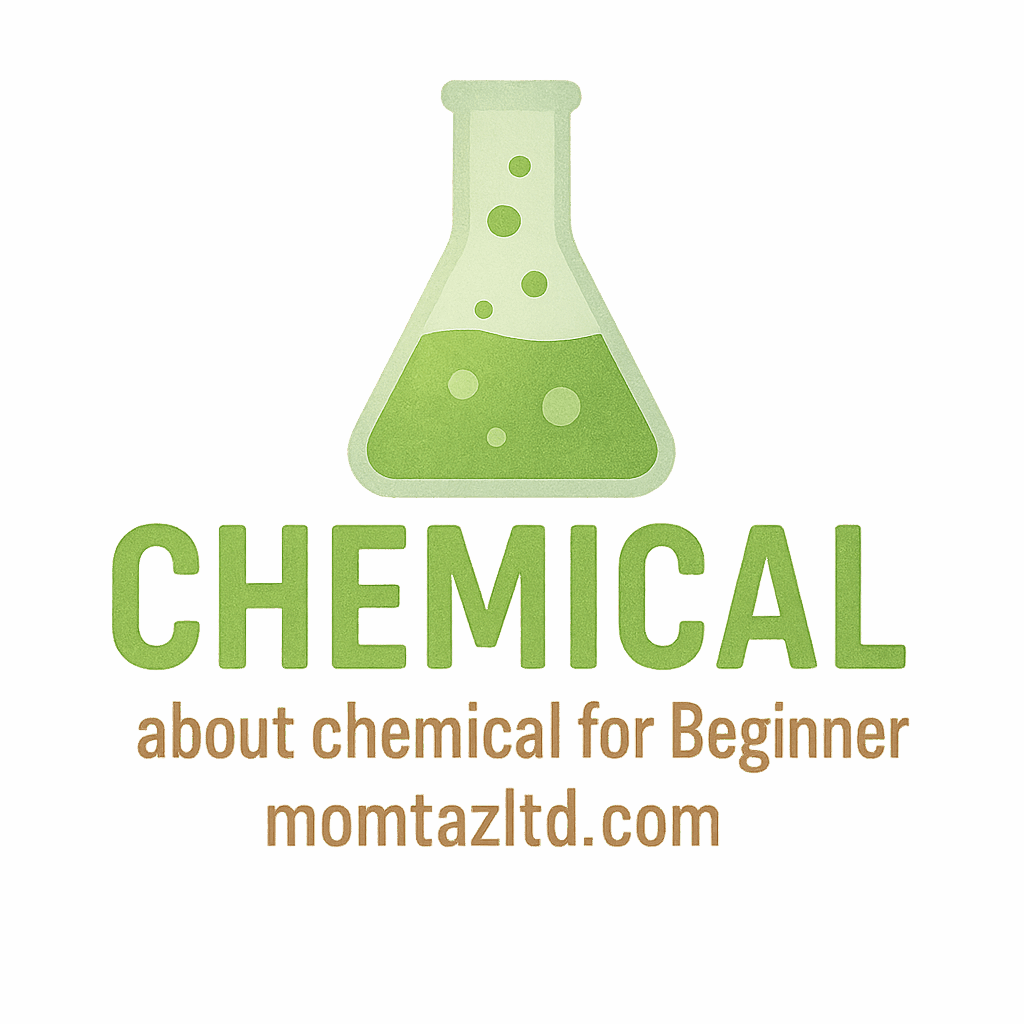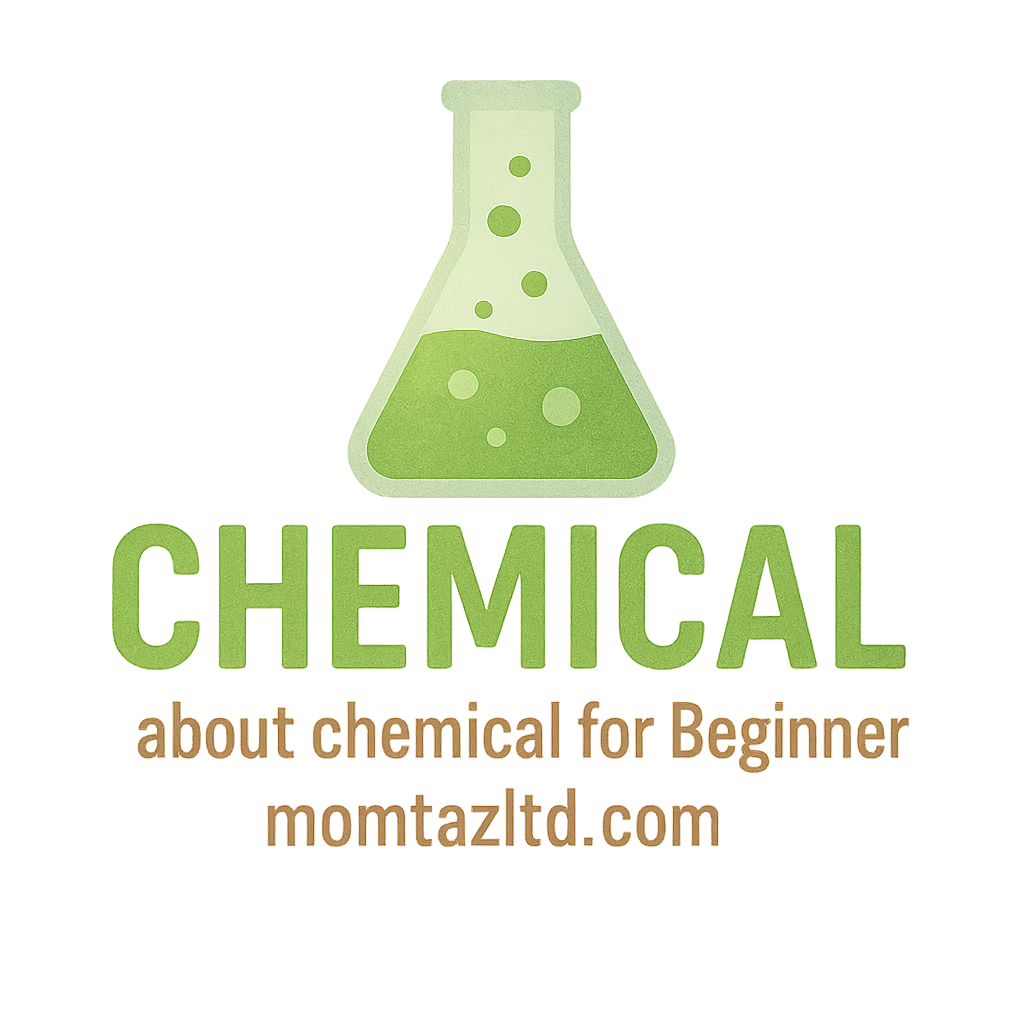Household chemicals—those things we use to clean, disinfect, and make our homes smell fresh—are often misunderstood. Despite their importance in maintaining a clean and healthy living space, myths and misconceptions about them have been around for ages. These myths can cause unnecessary fear or confusion. But it’s time to set the record straight.
In this article, we’ll dive into 5 of the most common myths about household chemicals and debunk them with science and facts. By the end, you’ll have a much clearer understanding of how to handle and use these chemicals safely in your everyday life.
Myth 1: Household Chemicals Are Always Dangerous
When we hear the word “chemical,” our minds often jump to hazardous, toxic substances. It’s no surprise that many people believe all household chemicals are dangerous. After all, we see warning labels on bottles and hear about chemical accidents in the media. But here’s the truth: it’s not the chemicals themselves that are inherently harmful; it’s how they are used.
The Reality: Proper Usage Makes All the Difference
Yes, some chemicals can be dangerous if misused, but the same can be said for many things in life, from kitchen knives to cleaning products. Household chemicals are designed for specific tasks, and when used as directed, they are generally safe.
Take bleach, for example. Bleach can be harmful if swallowed or inhaled in large amounts, but when diluted properly and used in well-ventilated areas, it is one of the most effective disinfectants around. Chemical safety comes down to following instructions, using the right protective equipment, and keeping chemicals out of reach of children.
For more information on how to handle chemicals safely, check out chemical safety tips.
Myth 2: Natural Products Are Always Safe
This myth is popular, especially among those seeking to avoid synthetic chemicals in their homes. “Natural” or “green” products are often seen as a safer alternative. But natural doesn’t always mean safe.
The Reality: “Natural” Doesn’t Mean “Harmless”
Natural ingredients can still be toxic. For example, many plant-based substances, such as essential oils, can cause skin irritation or allergic reactions in some people. Even seemingly harmless substances like vinegar and baking soda can be dangerous if mixed incorrectly.
Just because a product is labeled “natural” doesn’t mean it’s free from risks. Always read labels and follow the manufacturer’s guidelines. And remember, some chemicals that are “natural” may still cause harm if ingested or applied incorrectly.
For a deeper dive into how natural products compare to chemicals, explore learn from experts.
Myth 3: Chemical-Free Means Safer
When people think of “chemical-free” products, they often associate them with safety and purity. However, the idea that something is safer just because it’s chemical-free is not entirely accurate.
The Reality: Chemicals Are Everywhere, Even in Nature
Nature is full of chemicals! Water, oxygen, and carbon dioxide are all chemicals, yet we wouldn’t consider them harmful in normal quantities. The key isn’t whether something is “chemical-free,” but whether it’s handled properly and used in appropriate amounts.
In fact, many household items that we consider “chemical-free” can still pose risks. For instance, some “chemical-free” candles may release soot or toxic particles when burned.
Learn more about household chemicals in general with the chemical basics.

Myth 4: Household Chemicals Should Never Be Mixed
Many people have heard that mixing household chemicals is dangerous, and in some cases, this is true. But not all chemicals react badly when combined. In fact, some mixtures can create powerful cleaning solutions that work better than individual chemicals alone.
The Reality: Some Chemicals Can Be Safely Mixed for Better Results
For example, mixing vinegar and baking soda creates a fizzing action that helps lift dirt and grime. However, you should never mix bleach with ammonia or vinegar, as these combinations can release toxic gases. Understanding how different chemicals interact with each other is crucial to safely using them.
To get the most out of your cleaning supplies, it’s important to research and understand what combinations are effective and safe. And for more tips, visit our page on chemical storage.
Myth 5: All Household Chemicals Have the Same Risk
This myth stems from the assumption that all household chemicals are equally dangerous. The reality is, the level of risk posed by a chemical varies greatly depending on its toxicity, concentration, and how it’s used.
The Reality: Different Chemicals Have Different Levels of Hazard
For instance, hydrogen peroxide is commonly found in households as a disinfectant, and while it can cause skin irritation, it is relatively safe when used properly. On the other hand, strong acids like hydrochloric acid should be handled with caution, as they can cause severe burns and damage.
To put it simply, not all chemicals are created equal, and each one needs to be handled with care and respect. Always check the safety data sheets (SDS) or the product’s label for specific information about how to use and store chemicals safely.
Conclusion
Household chemicals play a vital role in keeping our homes clean, safe, and comfortable. However, myths and misconceptions can make us unnecessarily fearful of using them. By debunking these myths, we can understand that household chemicals are not inherently dangerous—when used responsibly and as directed, they are a helpful part of our daily lives.
The key takeaway here is that safety comes from understanding the chemicals we use, following proper guidelines, and storing them properly. So the next time you reach for that bottle of cleaner, remember: it’s not the chemicals that are the problem, but how we use them.
FAQs
1. What are some common household chemicals?
Common household chemicals include bleach, ammonia, hydrogen peroxide, baking soda, vinegar, and various cleaning agents and disinfectants.
2. How do I safely use household chemicals?
Always follow the instructions on the label, wear protective gloves and eyewear if necessary, and ensure good ventilation when using chemical products.
3. Are natural cleaning products better than chemical ones?
Not necessarily. While natural products may be gentler on the environment, they can still pose risks. It’s important to read labels and use products properly.
4. What should I do if I accidentally mix household chemicals?
If you suspect a dangerous reaction, leave the area immediately and ventilate the space. In case of a severe reaction, contact poison control or emergency services.
5. How can I store household chemicals safely?
Store chemicals in their original containers, keep them out of children’s reach, and ensure they’re in a cool, dry place away from direct sunlight.
6. How do I identify hazardous chemicals in my home?
Look for warning labels like “flammable,” “toxic,” or “corrosive.” Check the safety data sheet (SDS) for more detailed information.
7. What are the benefits of using household chemicals responsibly?
Using chemicals responsibly helps prevent accidents, reduces environmental impact, and ensures the safety of your home and family.


